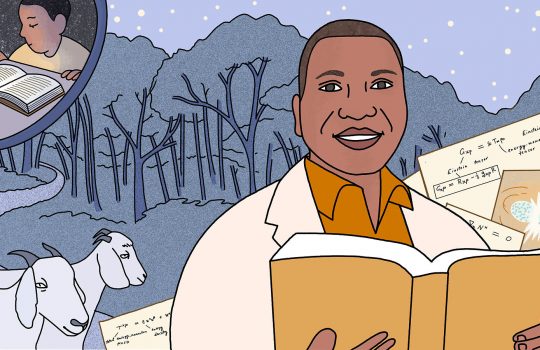The Dark Energy Survey presents the most accurate view of the evolution of the universe
From The Florida News Times, May 28, 2021: A highly accurate analysis of the DES data from the first three years of the study, show hints from previous DES data and other important experiments in the universe today are a few percent less than expected. The Dark Energy Survey Camera (DECam) used in the survey was specially designed for the Dark Energy Survey, and was funded by the Department of Energy (DOE) and built and tested at DOE’s Fermilab.

